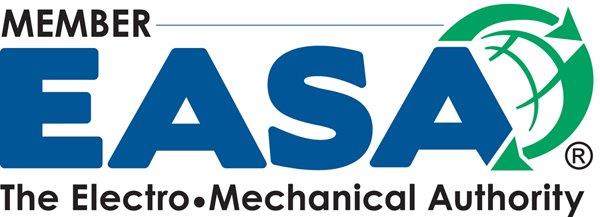When it comes to motor repair and manufacturing, understanding the nuances of loading methods is crucial for ensuring optimal performance and longevity of equipment. In the world of standards, IEEE 112 sets the guidelines for testing methods for rotating electrical machinery. One key aspect covered in IEEE 112 is the different loading methods that can be employed during testing. Let’s delve into the differences in loading methods outlined in IEEE 112 and how they impact motor testing and performance.
Dynamometer Loading
One of the primary loading methods discussed in IEEE 112 is dynamometer loading. In this method, a dynamometer is used to apply a mechanical load to the motor under test. By varying the load applied by the dynamometer, testers can simulate different operating conditions and measure the motor’s performance across a range of loads. Dynamometer loading is particularly useful for evaluating the efficiency and power output of motors under various load conditions.
Inertia Loading
Another loading method detailed in IEEE 112 is inertia loading. In this method, the motor under test is connected to a flywheel or other rotating inertia device. By accelerating or decelerating the inertia device, testers can subject the motor to dynamic loading conditions. This helps assess the motor’s response to sudden changes in load and its ability to maintain stability and performance during transient operations.
Direct Loading
Direct loading, as the name suggests, involves directly applying a load to the motor’s output shaft. This method is often used to simulate real-world operating conditions where the motor is driving a specific mechanical load, such as a pump or fan. Direct loading provides insights into the motor’s torque capabilities, speed regulation, and overall mechanical robustness under load.
No-Load Testing
While loading methods focus on applying external loads to the motor, IEEE 112 also recognizes the importance of no-load testing. No-load testing involves running the motor without any external mechanical load. This allows testers to evaluate the motor’s no-load current, speed, and losses, providing valuable information about its efficiency and idle performance.
Combination Loading
Lastly, IEEE 112 acknowledges the significance of combination loading, where a combination of loading methods is employed during testing. By combining dynamometer loading, inertia loading, direct loading, and no-load testing, testers can comprehensively assess the motor’s performance across a wide range of operating conditions. This holistic approach helps identify strengths and weaknesses in the motor’s design and performance characteristics.
Understanding the differences in loading methods outlined in IEEE 112 is essential for motor manufacturers, repair technicians, and testing laboratories. By selecting the appropriate loading method based on the specific objectives of testing, stakeholders can gather accurate data, diagnose issues, and optimize motor performance effectively.
If you have questions about motor testing, repair, or manufacturing, feel free to contact The Pump & Motor Works, Inc. Our team of experts is here to assist you with all your motor-related needs. Contact us today!



